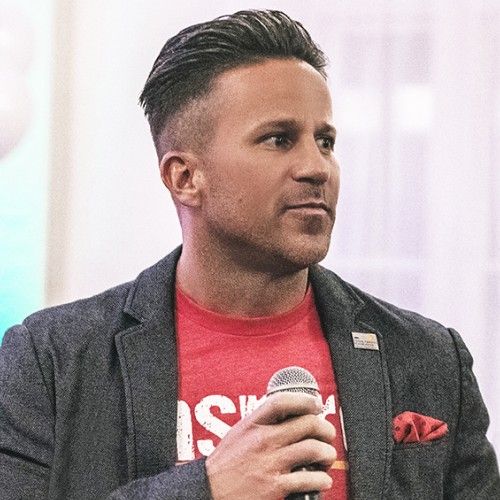Learning your company is being acquired can be a very scary revelation- especially if you don’t have any equity in the company. As Mergers and Acquisitions become ever so more frequent in today’s world, it is important to recognize what you as an employee can do to better your prospects under new management and make the most for yourself in a situation that may not only feel unfamiliar but terrifying at the same time.
Rumors of acquisition may spread around the workplace, and at that time, it is important to appear to have no change in your work. While it is okay to start preparing for the worst, such as by polishing your resume or reaching out to friends in similar industries, 9 times out of 10, new management will not want to abandon ship with the current staff. There remains the slim possibility of layoffs though, and it is important to not appear to be slacking off with an upcoming acquisition. Ask HR or management as many questions as you need to about this. Some items that are important to ask about are stock options and benefits. These are the most likely to change during an acquisition. It is also important to attend any required meetings. These could pertain to unfinished work, news about the acquisition, company news, or even future goals. Attending these meetings also show your dedication and passion for the role.
As the merger begins to commence, you may notice your managers or even new management holding meetings with staff in 1-on-1s, as well as host meetings. During these meetings, you have a golden opportunity to market yourself and advocate for a higher wage, more benefits, or even a promotion. Seizing growth opportunities is an integral part of the M&A process. Most companies will set up a transition structure or team, which is a temporary organization to help with merger technicalities. Being a part of this team can demonstrate your talents and abilities to any manager, past, present, or future.
In addition to this, quantifiable data demonstrating your impact to a team as well as showcasing your individual skills can be very helpful. You may wonder how you might be able to get this data. Performance evaluation tools such as Ambition in Motion’s AIM insights can be worth their weight in gold. Tools such as this can track team performance, goal completion, manager performance, and task performance, as well as provide visibility from both direct reports and management. Due to these accountability trackers and task performance, you as an employee now have concrete proof as to just how useful you are. Also, start to understand what your manager does, or what other positions do. For example, I have a friend who works in a communications position. When he received the news that his company was to be acquired by a much larger company, he knew that this was his best chance to be able to get a promotion at the time. He started doing research into what his manager did on a day-to-day basis, learning how to file expense reports, purchase reports, and how to work with each individual vendor. When it came time for his interview with the new management, he wowed them with his technical knowledge of the position and was offered a promotion with a $20,000 raise and a 15% sign-on bonus.
You may not always get an explicit chance to negotiate for anything during the merger. This is why managing up is so important. Explaining your goals of career advancement and success can demonstrate your dedication to your work. However, if you do get to negotiate in a meeting that is explicitly defined as such, using quantitative data, along with a polished resume will set you apart from other candidates. In studies regarding managers of companies that plan to acquire others, 75% of the time, they will attempt to hire and promote in-house, due to the higher knowledge and experience with company culture. Having good relations with your peers will also be helpful here, due to the potential references. With all of these, you should be able to present a solid case for your promotion or whatever it is that you desire.
It is important to understand that you may not necessarily get exactly what you want. Compromise may be necessary. You may not get a $20,000 promotion. But the door isn’t closed to a $10,000 promotion. The key is to avoid burning any bridges and maintain an air of professionalism with your coworkers and managers. You will have more chances for advancement in the future, but only so long as you are regarded well, and your performance is high. If you so choose, you can always seek employment or a better-paid position elsewhere. As an employee in a company being acquired, you have more options than most people do in this time of transition.
Being acquired is scary, and even scarier when you don’t know what your next steps are, or when you don’t know what may happen to your job. Use some of these tips, and it should turn out for the best.




































































